
In today’s rapidly evolving Internet information age, social media has become an integral part of today’s times, and the digital world offers unprecedented opportunities for everyone to have a plurality and diversity of identities online, a diversity that provides opportunities for people to express and share. However, this diversity also raises a number of issues related to data privacy and information security.
●Identity construction of plurality in the digital world
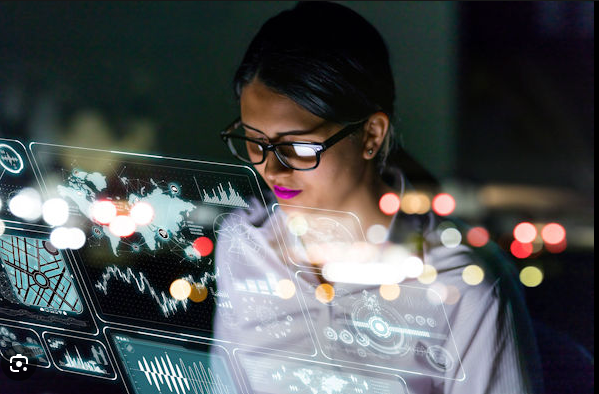
The digital world offers unprecedented opportunities for everyone to have a diverse identity in the virtual space created by the web. Platforms such as social media, virtual communities, online gaming and virtual reality allow people to present themselves in multiple ways. People can create multiple accounts on social media platforms, each of which can post different content, with one account sharing their daily lives in social media and another sharing content about their work specialty, presenting different versions of themselves. For example a woman born in Oklahoma called Kattan, who is the most influential beauty expert in the world, has gained 490,000 followers by posting her makeup tutorials on the instagram platform, and secondly she is creating a separate working account for Rihanna’s Fenty Beauty cosmetics line, which is identified as “Makeup for all skin tones” beauty expert, which has also gained 100,000 followers on the instagram platform. This multiplicity gives individuals a platform to explore different identities in the digital world and choose in which way to present themselves.
● Free identity innovation in the digital world
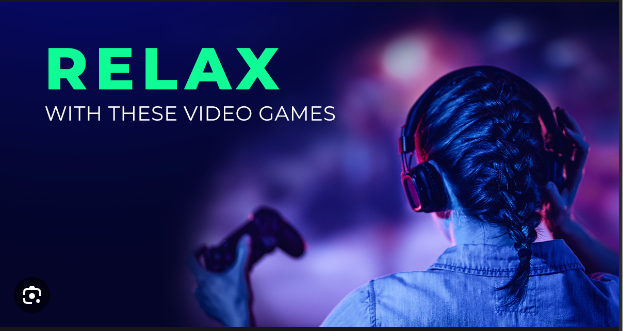
The digital world is not only pluralistic, it also offers everyone the freedom to construct their identities; individuals can choose different identities in the virtual world, which may be very different from their real identities, and this freedom allows people to experiment with new identity traits that can enable them to break free from the constraints of social and cultural expectations. One example of this is that a player in a virtual game may be a corporate wage earner in reality, with an intense job that takes his breath away, but in a virtual game he can choose to be a great warrior with great skills and abilities, exploring the game world and winning the game’s battles. In the game identity he does not have to worry about social expectations and social pressures. The creation of this virtual identity provides him with a temporary escape from the pressures of the real world and helps to relax and enhance creativity.

Secondly, identity in the digital world also helps everyone to express their personal views and emotions freely. For example, if a person who is a nobody in real life expresses his opinion in real life, few people may believe in his opinion and thoughts, and most likely will laugh at him for talking nonsense. But in the digital world, he has his own social media account, and creating a virtual identity allows him to become a thoughtful and opinionated thinker who can use that virtual identity to express himself, a free identity that allows him to engage in heated political discussions and express his strong views on social issues without having to worry about a series of controversies or consequences associated with his real-life identity.All in all this freedom allows people to experiment with new identities or maintain anonymity to express themselves without fear of conflicting with their real-life identities.
● The negative digital world
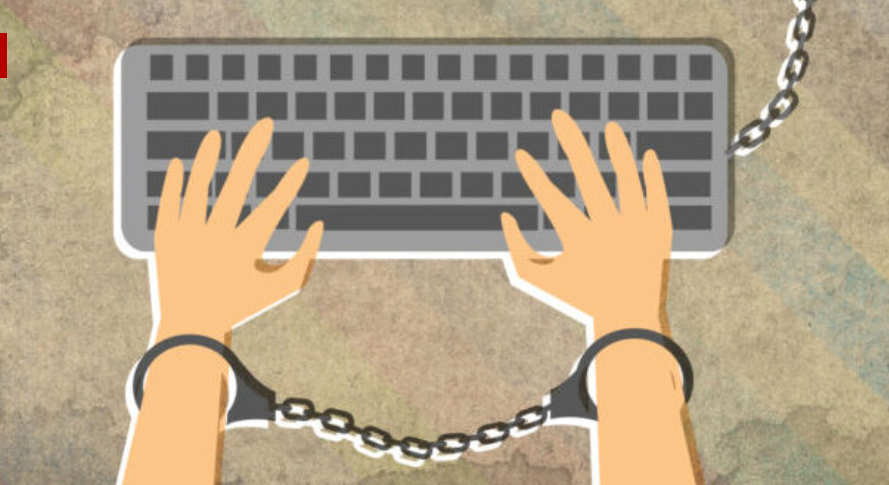
While the identity construction of digital identities provides individuals with diversity and freedom, helping people to relax and connect with others to express themselves more freely. However, because of these advantages, some unscrupulous individuals can also easily create false identities or deceive others under false pretenses, including the creation of false information and the dissemination of public opinion, which can lead to chaos.
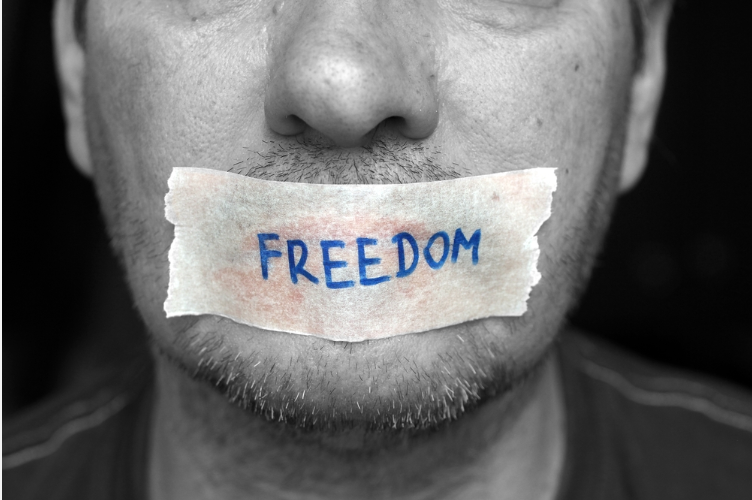
One example of this is that on social media platforms, some unscrupulous individuals may create a fake social media account that is used to spread false information or commit fraud. This virtual account can create itself as a company with an authoritative organization, or a famous personality, or some highly influential individual. By posting false information, they can mislead the public, influence their actions and opinions, or cause social panic. In one infamous case, a social media account claiming to be an “authoritative report” published a post about a “pizza parlor linked to human trafficking and a presidential candidate due to misrepresentation,” which garnered a lot of attention and comments. Comments. The post prompted a man with a semi-automatic rifle to walk into the Comet Ping Pong pizza parlor in Washington, D.C., and fire indiscriminately at the people in the parlor, killing and injuring many. The reason was because he was convinced that the pizzeria contained a hidden pedophile trafficking ring led by Hillary Clinton and the presidential campaign. This social media account propagated the rumor by referencing specific locations such as “Comet Ping Pong”, and then people in the Czech Republic, Cyprus and Vietnam, as well as many bots, posted it further, and it was this disinformation that gained more attention and led to the tragedy.

Not only that, but there are also social engineering scams that are common in the digital world, where scammers pretend to be trusted entities, such as banks, embassies, and officials of well-known brands, in order to trick users into providing personal information. For example, a fraudster disguised as the user’s bank sends a fake email claiming that there is an unaccounted transfer of money to the user’s account at the bank and that they need to find out where it is going, and asks the user to provide their account information and password to find out where it is going, and that if they follow the process of filling in their account information and password, they will be swiped out of their bank account. These examples highlight the seriousness and impact of false ID fraud in the digital world, against which individuals need to be vigilant in verifying the source of information in order to minimize the receipt of identity fraud and social engineering scams. At the same time, social media platforms and Internet service providers need to strengthen security measures to identify and block fake accounts and malicious behavior.
● Summary
To sum up, the multiplicity and freedom of the digital world provide valuable opportunities for individuals to better express themselves, connect with others and engage in diverse social and creative activities. However, the attendant issues of disinformation and fraud need to be carefully addressed and managed to ensure that the positive potential of the digital world is realized while protecting the privacy and security of users. The digital age requires the combined efforts of individuals, social media platforms and regulators to address these challenges in order to create a safer and diverse digital environment.
Reference
https://digitalmarketinginstitute.com/blog/9-of-the-biggest-social-media-influencers-on-instagram 2021. 9 of the Biggest Social Media Influencers on Instagram
https://cits.ucsb.edu/fake-news/danger-social CITS .The Danger of Fake News in Inflaming or Suppressing Social Conflict

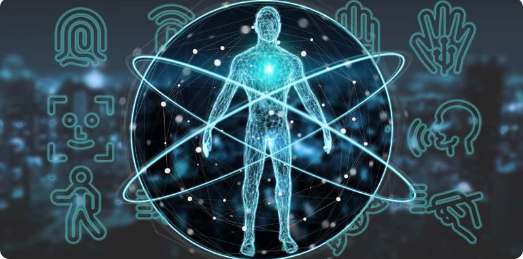
Hi,
I have also been much inspired by a very rational blog that explores the variety and freedom of identity formation in the digital world, along with the issue of identity fraud. The blog includes examples related to each topic. Your discussion on identity fraud makes me think of McLuhan’s concept of communication ecosystems——the digital realm is a multifaceted ecosystem in which users, platforms, and content are all connected and engaged with one another. The system permits erroneous information to proliferate while also allowing it to be swiftly refuted. So why does fake news consistently garner greater attention?
I believe there have to be more intricate explanations for this, possibly pertaining to the political viewpoint, commercial interests, and unique identity of the news outlet. One potential option to improve news control and transparency could be cross-platform communication and cooperation. Of course, if we have a better grasp of how the many components of this ecosystem interact with one another, we can combat identity fraud more successfully. Together, we can create a digital world that is more dependable and safe. Great job!!!
I think you are right, today’s society is undergoing a major evolution from products to services, from matter to God, and from boundaries to no boundaries. Relying on hardware or even market and platform monopoly model will not last long. The only innovation into the type of integration and other universal, customised and other mass personalized service there is hope, which really need to have a long-term vision and macro-pattern, rather than small calculations.
This blog describes the impact of social media on the construction and expression of individual identities in the digital age, emphasising the plurality and freedom of identities in the digital world. However, it also points out the serious problems of disinformation and online fraud, and calls for individuals, social media platforms, and regulators to work together to safeguard the positive potential of the digital world while maintaining the privacy and security of users.